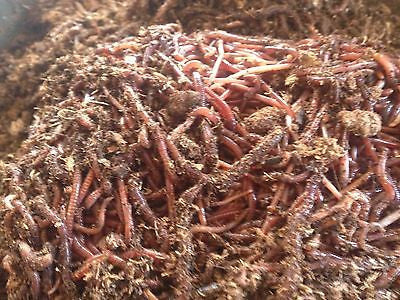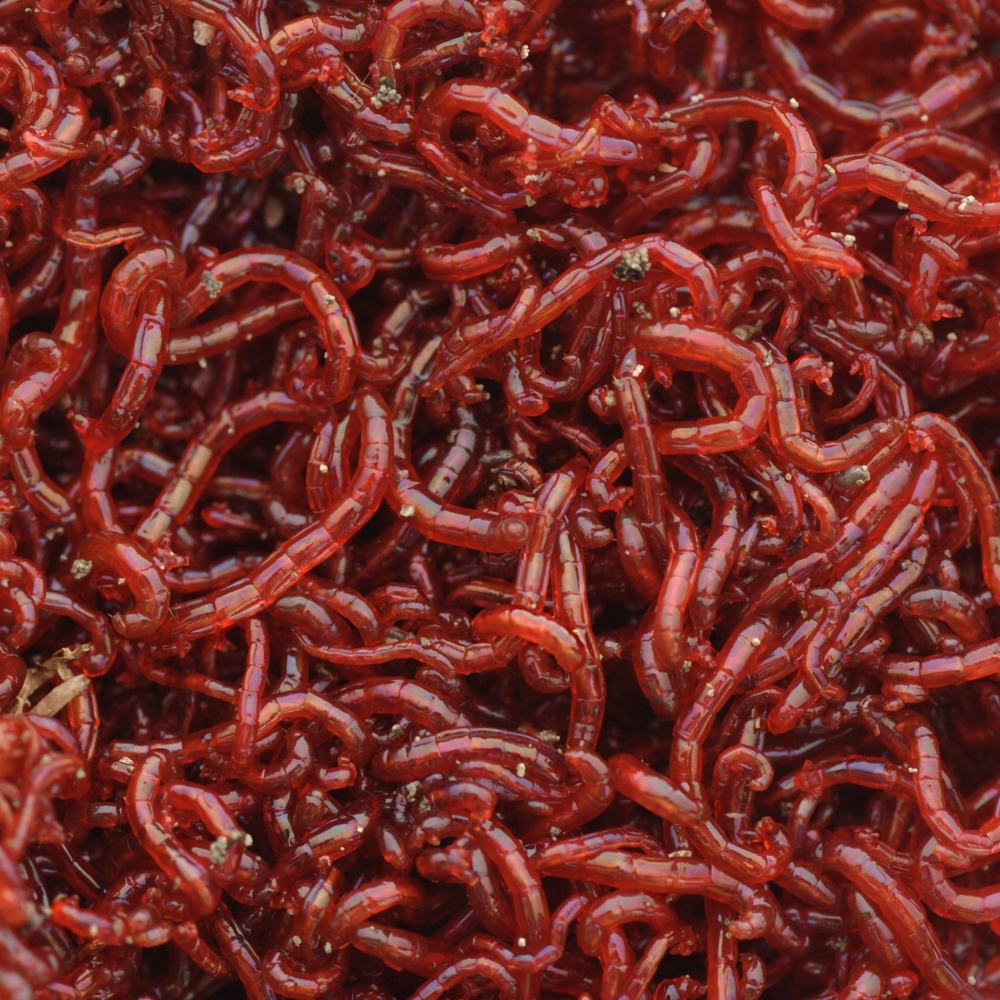Vibrant red wigglers: Top reasons to choose them
Vibrant red wigglers: Top reasons to choose them
Blog Article
Red Wigglers: Your Eco-Friendly Solution for a Greener Yard
Red wigglers, or Eisenia fetida, offer a lasting method to improving yard wellness through vermicomposting. By integrating red wigglers into your gardening methods, you can efficiently take care of waste while supporting a vibrant community.
(Lake Rhodhiss Worms)
What Are Red Wigglers?
Although typically incorrect for routine earthworms, red wigglers (Eisenia fetida) are a distinct varieties known for their performance in composting natural matter. These worms thrive in rich, natural atmospheres, such as compost heap and vermicomposting systems, where they play an essential duty in breaking down waste. Unlike their more usual counterparts, red wigglers prefer a warmer habitat, normally between 55 ° F and 77 ° F, which optimizes their task and productivity.
Red wigglers are identified by their reddish-brown coloration and segmented bodies, which can mature to four inches in length. They have an unique capability to eat and digest organic products at an impressive rate, refining approximately half their body weight daily. This rapid decay procedure not just enriches the soil however additionally contributes to the overall health and wellness of the yard ecosystem.
In terms of reproduction, red wigglers are respected, qualified of generating cocoons which contain several eggs. This enables quick populace development, making them a perfect option for composting ventures. Their flexibility and ravenous cravings for natural waste position red wigglers as an important ally for environmentally conscious gardeners seeking sustainable methods.
Benefits of Utilizing Red Wigglers
Using red wigglers in the garden uses many benefits that improve both soil high quality and plant health and wellness. These earthworms are outstanding decomposers, damaging down raw material such as kitchen scraps and lawn waste right into nutrient-rich spreadings. These castings, commonly referred to as "worm gold," offer important nutrients that improve soil fertility, advertising vivid plant development.
Red wigglers additionally boost dirt structure. The existence of red wigglers increases microbial task in the soil, producing a flourishing ecological community that contributes to illness resistance and boosted plant health.
An additional substantial benefit of using red wigglers is their ability to minimize waste. In recap, incorporating red wigglers right into gardening practices yields considerable benefits, making them a useful enhancement to any type of eco-conscious yard.
(buy red wiggler worms)
Just How to Begin Vermicomposting
To begin vermicomposting, it's vital to produce a suitable setting for red wigglers to flourish, as their success straight impacts the performance of the composting process. Begin by selecting a container, such as a plastic or wooden container, with sufficient water drainage and air flow. A dimension of roughly 2 square feet is ideal for a family, permitting a workable worm populace.
Next, prepare bed linen product that is moist however not extremely wet. Shredded newspaper, cardboard, and coconut coir are excellent choices, supplying a comfortable habitat while likewise acting as a carbon source. Fill the container with 4 to 6 inches of bed linens.
After establishing the bed linen, present your red wigglers. A regular starting population is concerning 1 extra pound of worms, which can consume around half an extra pound of food scraps daily. It is vital additional info to add food scraps slowly, concentrating on veggie peelings, fruit waste, and coffee premises, while avoiding meat, dairy, and oily foods to avoid smells.
Keeping a Healthy Worm Bin
Once your red wigglers are worked out into their brand-new bed linen, keeping a healthy and balanced worm container comes to be extremely important to ensure optimal composting conditions. The primary elements to keep an eye on include wetness, temperature, and aeration. Ideally, the worm bin should be kept wet yet not soaked; a moisture level around 60-70% is optimal. To achieve this, on a regular basis examine the bed linen and add water as needed, while also using completely dry products such as shredded newspaper to absorb excess moisture.
Temperature level control is equally crucial. Red wigglers flourish in settings between 55 ° F and 77 ° F(13 ° C to 25 ° C) Prevent revealing the bin to severe temperatures; severe warmth can kill the worms, while extreme cold can reduce their activity.
Aeration is critical to avoid anaerobic problems, which can bring about unpleasant odors and damage the worms. Transform the bedding delicately every couple of weeks to promote air flow and disperse food equally.
Feeding your red wigglers is another vital facet. Deal a balanced diet of kitchen area scraps, staying clear of citrus and spicy foods, which can be detrimental to their health. By on a regular basis keeping track of these aspects, you can make certain a thriving community within your worm bin.

Tips for Utilizing Worm Castings
Regularly including worm spreadings into your garden can considerably boost dirt wellness and plant development. To properly use worm spreadings, begin by identifying the proper application price, which normally ranges from 10-20% of the total dirt volume. This ensures optimum nutrient accessibility without frustrating your plants.
When applying worm spreadings, mix them right into the top couple of inches of soil around well-known plants or incorporate them right into your seed-starting mix for new seed startings. This method advertises root growth and improves wetness retention. Additionally, think about creating a worm tea by steeping worm spreadings in water for 24-48 hours. This nutrient-rich liquid can be utilized as a foliar spray or dirt drench, offering an instant boost to your plants.

Conclusion
The usage of red wigglers in horticulture techniques presents a lasting strategy to squander monitoring and soil enrichment. The assimilation of red wigglers into gardening routines inevitably sustains both ecological balance and farming performance. red worms.
Report this page